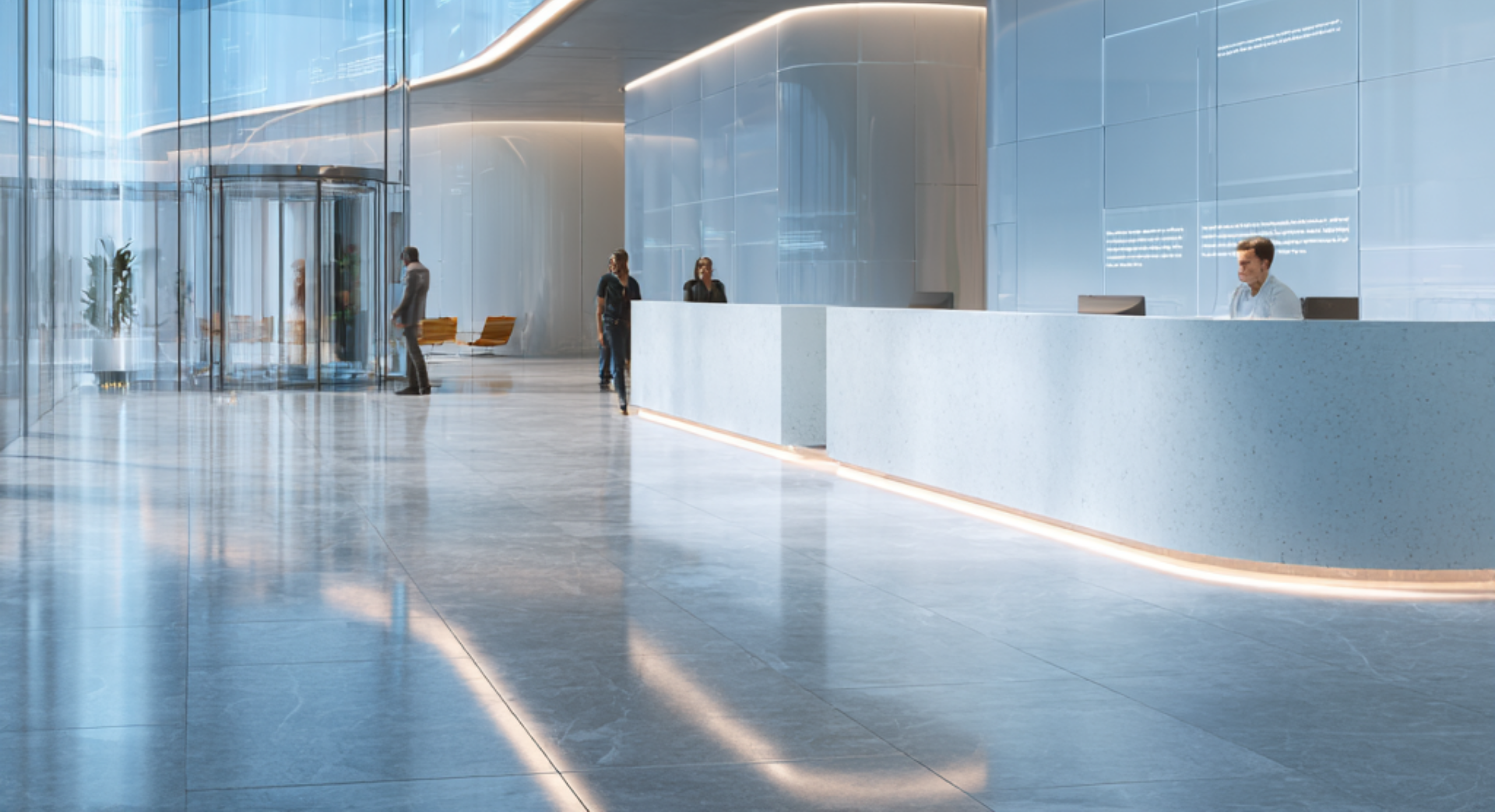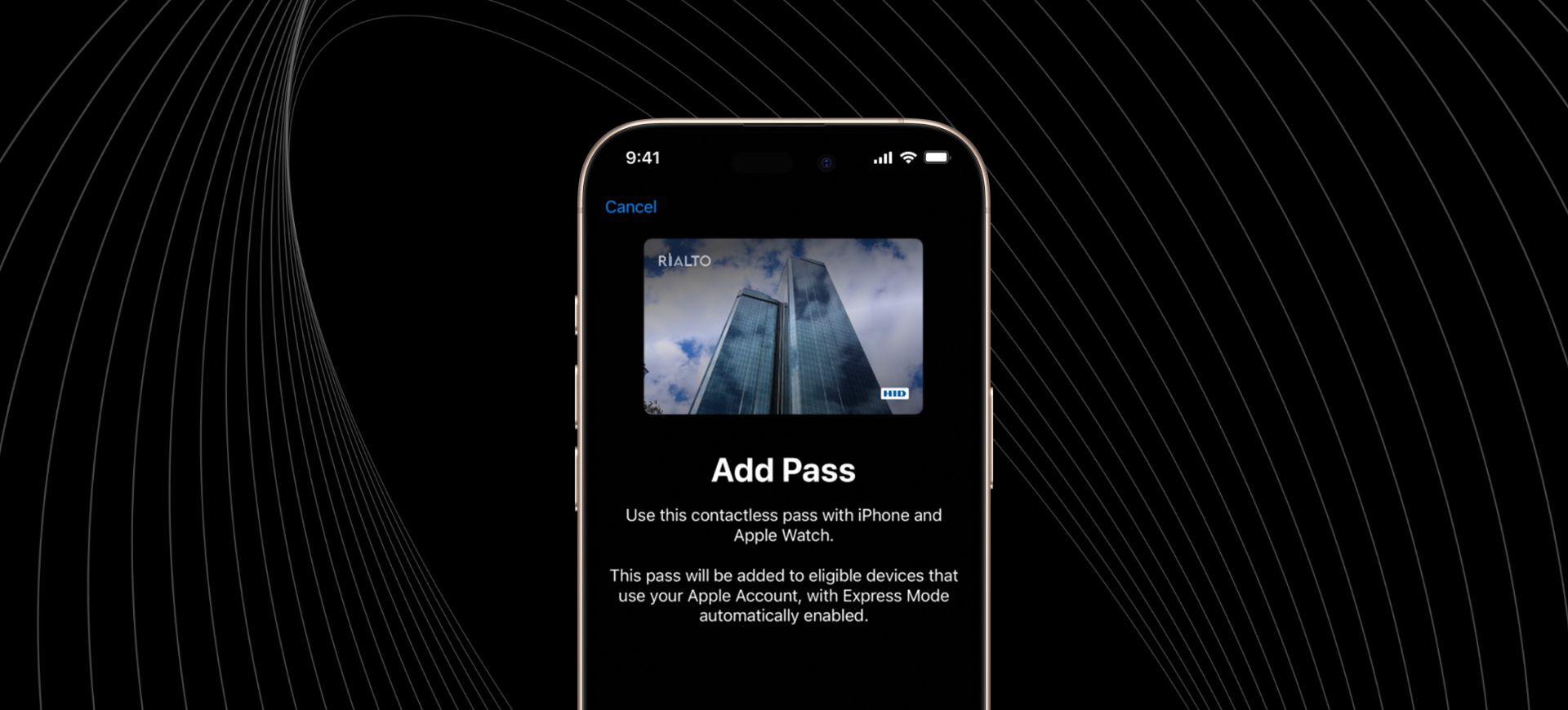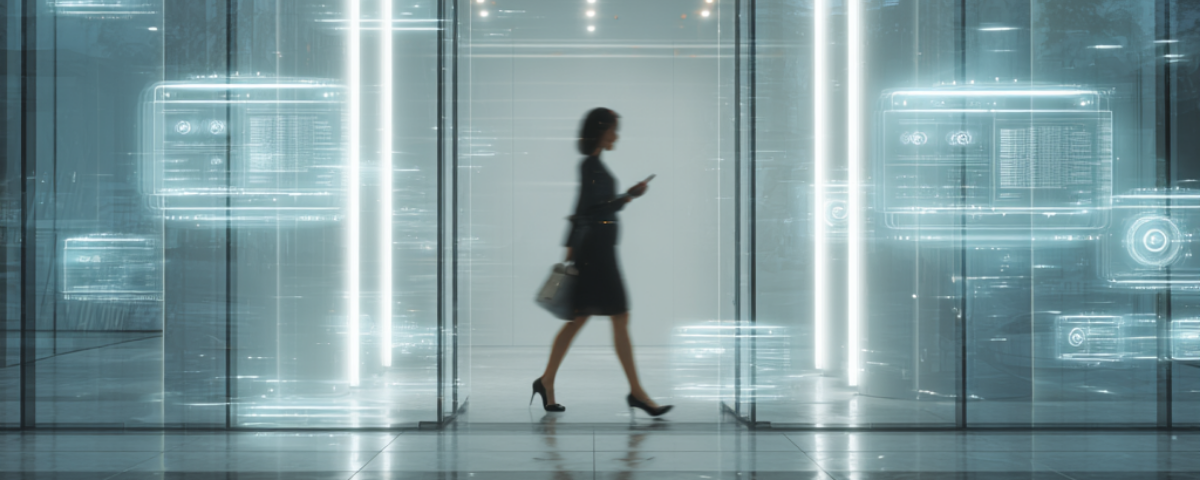Why Leading Brands Trust Sanity CMS — And Why Kodaa is the Sanity Development Agency You Need
In a digital-first world, your CMS can be the difference between delivering a seamless customer experience or falling behind. For brands seeking ultimate flexibility, performance, and developer control, Sanity CMS has become the go-to platform. At Kodaa, we specialise in custom Sanity CMS solutions — tailored, scalable, and built for performance.
What Is Sanity CMS and Why Should You Care?
Sanity CMS is a headless content management system that separates your content from the front-end delivery, giving you:
- Complete front-end freedom (build with React, Vue, or anything else)
- Structured content APIs for fast, scalable performance
- Real-time collaboration and content versioning
- Custom workflows and robust content modelling
In short, it gives developers and content teams the power to create dynamic digital experiences that are fast, flexible, and future-proof.
Case Study: Student One
One of our flagship projects is the Student One website. Built using Sanity CMS and a custom React front-end, the site delivers a clean, modern experience that’s integrated with the StarRez booking platform — allowing prospective students to discover and secure accommodation seamlessly.
Key Highlights:
- Custom React + Sanity build: Designed for performance and flexibility
- StarRez API integration: Real-time accommodation availability and booking
- Modular content structure: Easy content updates without developer intervention
- SEO-optimised architecture: Designed to scale and perform
The result? A high-performing, scalable website that looks great, loads fast, and allows Student One to manage and publish content effortlessly.
Why Work With Kodaa?
At Kodaa, we bring together a team of product strategists, developers, and UX designers to build platforms that are as elegant as they are functional. Whether you're looking to migrate to Sanity, integrate it into your existing stack, or launch a brand new headless site, we can help.
What You Get With Kodaa:
- Custom Sanity CMS development
- React, Next.js or Vue front-end integration
- API design and third-party integration
- Performance, accessibility and SEO best practices
- Ongoing support, optimisation and maintenance
We’re not just coders — we’re strategic partners who understand your goals, your users, and how to bring the two together through thoughtful technology.
Let’s Build Something Smarter
Looking for a Sanity CMS development agency that delivers? Whether you're a tech startup, a university, or an enterprise looking to modernise your digital presence, Kodaa has the experience and vision to help you build smarter.
Get in touch to discuss your Sanity project or schedule a free discovery session.
Build fast. Update effortlessly. Scale with confidence — with Sanity and Kodaa.
Need help getting started?
Keep reading




